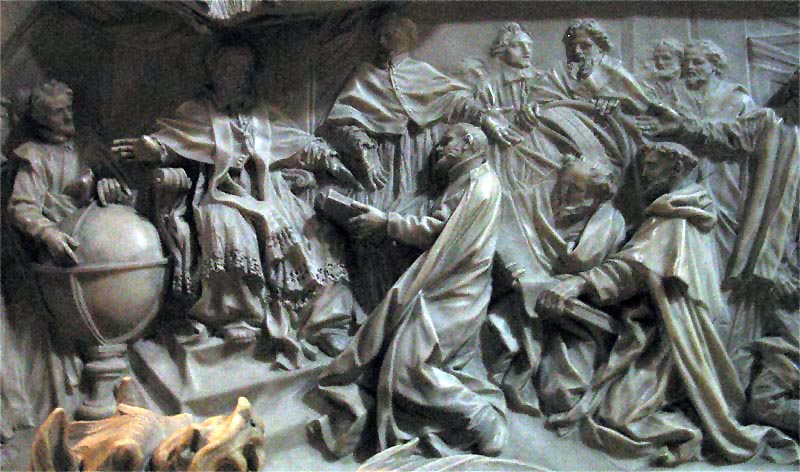
Inscription on the grave of Gregory XIII, St. Peter’s Basilica honoring the Gregorian Calendar © Rsuessbr
By a papal decree signed on 24 February 1582 by Pope Gregory XIII the days from October 5, 1582 to October 14, 1582 never happened.[9] This was, because the actually used calendar was out of tune with the mechanics of the heavens. The Julian calendar, named after Julius Caesar,[2] did not provide sufficient precision to keep in tune for more than 15 centuries with the effect that the most important liturgic festivals and holidays lost synchronicity with heavenly events.
“Quid est ergo tempus? Si nemo ex me quaerat, scio; si quaerenti explicare velim, nescio. /
What then is time? If no one asks me, I know what it is. If I wish to explain it to him who asks, I do not know.”
– Augustinus, Confessions, XI, 14 (AD 397)
The Julian Calendar
The Julian calendar is one of the oldest solar calendars and forerunner of the Gregorian calendar in use today. It was developed in Egypt and introduced by Julius Caesar in 45 BC in the Roman Empire. The Roman historians Appian, Cassius Dio and Macrobius report in their writings that Julius Caesar became acquainted with the switching cycle of the later Julian calendar in Hellenized Egypt in Alexandria in 47 BC. The supplementary data provided by Macrobius allow the possibility that Julius Caesar travelled to Egypt to discuss the new calendar form of the Julian calendar with the experts of the Egyptian calendar, probably among others with the Egyptian astronomer Sosigenes, after Julius Caesar had become acquainted with the Egyptian calendar through Acoreus.[3] The calendar is used today in science retroactively also for the years before Caesar’s work. The year is divided into the twelve months from January to December as with today’s calendar. On three common years with 365 days follows with it a leap year with 29 February as additional day; the years are switched with by four divisible year number. The average annual length amounts to 365.25 days. It is longer thereby around approximately 11 minutes than the tropical year, whereby the spring beginning shifts itself approximately every 130 years around a day toward the yearly beginning.
The Flaws became Obvious
Since a Julian calendar year with its average of 365.25 days is about eleven minutes longer than the solar year, the astronomical beginning of spring shifted about every 130 years by one day to an earlier calendar date. In 1582, it fell on 11 March of the calendar corrected by the Gregorian reform,[2] which means that the Julian calendar lagged almost two weeks behind the astronomical events of the solar year. In addition, since 19 Julian years are about 0.06 days longer than the 235 synodic months of the lunar circle, the calculated (“cyclic”) time of the full moon shifted to one day later in the Julian calendar compared to the astronomical full moon time about every 16 19-year periods (i.e. about every 300 years). The date of Easter, which is dependent on the date of the beginning of spring and the date of the full moon in spring, was therefore no longer correctly determined.
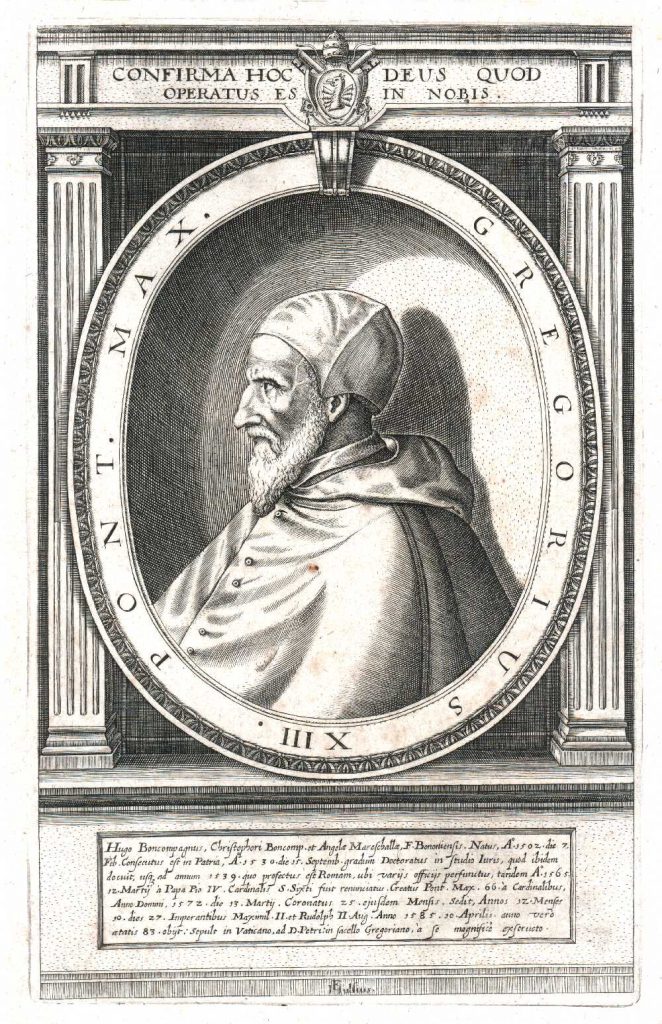
Pope Gregory XIII in an early 17th-century engraving
Reforming the Calendar
Since the 14th century, proposals for a calendar reform have been made again and again – among others by Nicholas of Cusa on behalf of the Council of Basel,[4] Regiomontanus and Nicholas Copernicus. But these had always been rejected. Nevertheless, Copernicus’ work De revolutionibus orbium coelestium (“From the Revolutions of the Celestial Bodies“) and the prutenic tablets of Erasmus Reinhold formed the basis for the reform finally decreed by Pope Gregory XIII. The Reform Commission chaired by Cardinal Guglielmo Sirleto decided to adjust the calendar in such a way that the Primary Equinox would again take place near March 23, as in 46 B.C., when the Julian calendar was created, and to stabilize it there by means of a more accurate mean annual length. The main component of the planned reform was a corrected algorithm for determining Easter. In addition to the corrected and future correct date of the beginning of spring, the corrected and future date of the (spring) full moon was necessary. The German Jesuit Christophorus Clavius, [8] who taught mathematics at the Collegio Romano in Rome, was commissioned by the Pope with the mathematical elaboration of the new calendar. He largely followed the suggestions of the physician and astronomer Aloisius Lilius.[7]
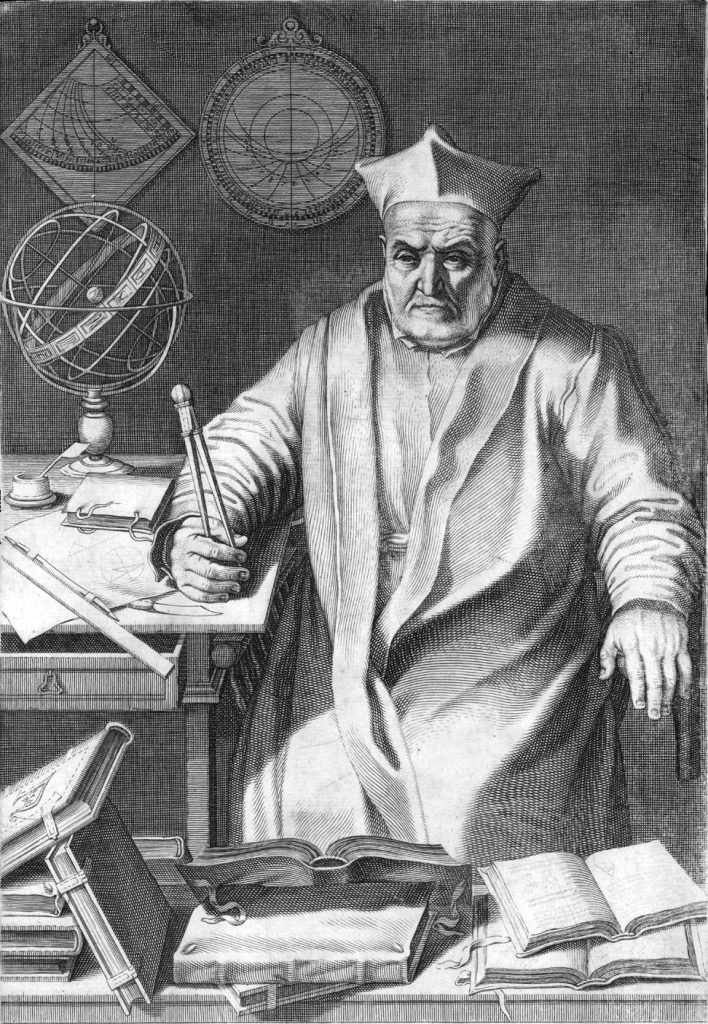
Christopher Clavius (1538–1612), one of the main authors of the reform
Implementing the Gregorian Calendar
The reform was carried out by the papal bull Inter gravissimas curas [5] of 24 February 1582. The delay of the calendar compared to the seasons (e.g. the beginning of spring) was corrected in 1582 by omitting ten calendar days. The situation at the time of the Council of Nicaea in 325 was restored, since at this Council for the first time decisions about the date of Easter were made. The beginning of spring had shifted from 23 March at the time of Julius Caesar to 21 March until the 4th century. In 1583, the beginning of spring took place again on 21 March in all countries that had immediately adopted the new (Gregorian) calendar. The current predicted (cyclic) data of the moon phases were corrected by shifting in the reformed calendar by three days to earlier. In the search for a suitable time for the reform, the choice had fallen on October, since the calendar for this month contained comparatively few holy festivals and the omitted days in this way caused only a small disturbance of the holy calendar.
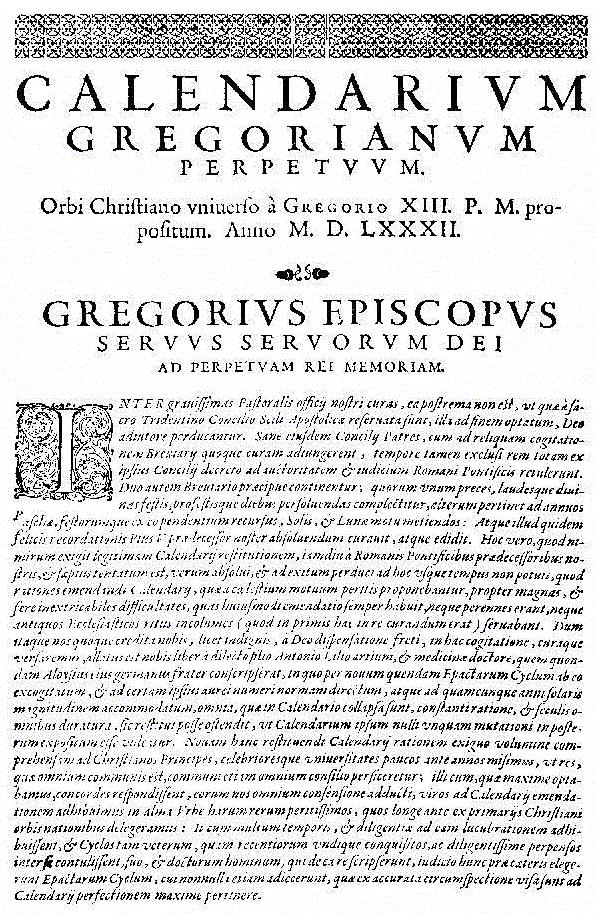
First page of the papal bull Inter gravissimas introducing the Gregorian calendar reform
Accurate But Simple
The reformation of the calendar was to be executed in two stages. At first the correct length of the solar year had to be worked out. Secondly, it was important to provide an accurate as well as simple calendar. The formula was designed by astronomer and philosopher Aloysius Lilius. It indicated 97 leap years out of 400 to solve the problem that the solar year actually lasts 365.2425 days, which means that after four years, the calendar would be off one day without the leap years. Furthermore, every year that can be divided by 100 has to be a leap year while years that are exactly divisable by 400 must not be a leap year, leading to the most possible accuracy. After that the years 1700, 1800 and 1900 were not leap years. The years 1600 and 2000 were leap years. The years 2100, 2200 and 2300 as well as 2500, 2600 and 2700 etc. will be without leap day. Since 117 years passed between the date correction in the year 1582 and the year 1700 with the first-time application of this new exception rule, the spring beginning lies in the calendar on the average around a day too early. It oscillates between 19 and 21 March, instead of symmetrically around 21 March. One of this theory’s opponents was the mathematician Giambattista Benedetti, claiming that Easter had to be computed from the real lunar movement, but he did not find many sympathizers.
Adoption of the Gregorian Calendar
The new calendar was in general well adopted in between the “borders” of the Catholic Church, but had some difficulties beyond. Overall it took about five centuries until all Christians used the same calendar. Especially the members of the Protestant Church refused to use the new calendar fearing a plot by the Catholics. Most people on the globe were not happy with the ten days that were to be erased like Sweden. The country’s officials decided to transform rather gradually which led to severe confusions. By the time the last adherents of the Julian calendar in Eastern Europe (Russia and Greece) changed to the Gregorian system in the 20th century, they had to drop 13 days from their calendars, due to the additional difference between the two calendars accumulated after 1582. “Old Style” (OS) and “New Style” (NS) are sometimes added to dates to identify which calendar reference system is used for the date given. The Julian calendar is still used in parts of the Eastern Orthodox Church, in parts of Oriental Orthodoxy and Anabaptism, as well as by the Berbers.
Donna Carroll, A brief History of the Calendar and Time Keeping, [11]
References and Further Reading:
- [1] The Mathematics of the Gregorian Calendar
, Dave Braverman, 2009
- [2] Veni, Vidi, Vici – according to Julius Caesar, SciHi Blog
- [3] Friedrich Karl Ginzel: Handbuch der mathematischen und technischen Chronologie. Bd. 2: Zeitrechnung der Juden, der Naturvölker, der Römer und Griechen sowie Nachträge zum 1. Bande. Austrian Literature Online, Innsbruck 2007 (Nachdruck Originalausgabe Leipzig 1906)
- [4] Nikolaus of Cusa and the Learned Ignorance, SciHi Blog
- [5] Inter Gravissimas (Latin and French plus English)
- [6] Moyer, Gordon (1983). “Aloisius Lilius and the Compendium Novae Rationis Restituendi Kalendarium“. In Coyne, Hoskin, Pedersen (1983)
- [7] Herbermann, Charles, ed. (1913). . Catholic Encyclopedia. New York: Robert Appleton Company.
- [8] O’Connor, John J.; Robertson, Edmund F., “Christopher Clavius”, MacTutor History of Mathematics archive, University of St Andrews.
- [9] Herbermann, Charles, ed. (1913). . Catholic Encyclopedia. New York: Robert Appleton.
- [10] Gregorian Calendar at Wikidata
- [11] Donna Carroll, A brief History of the Calendar and Time Keeping, 2016, Maastricht, School of Business and Economics @ youtube




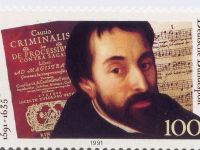

The civic authorities in Russia and Greece adopted the Gregorian calendar the Orthodox Churches didn’t so it still not the case that it has been adopted by all Christians 😉